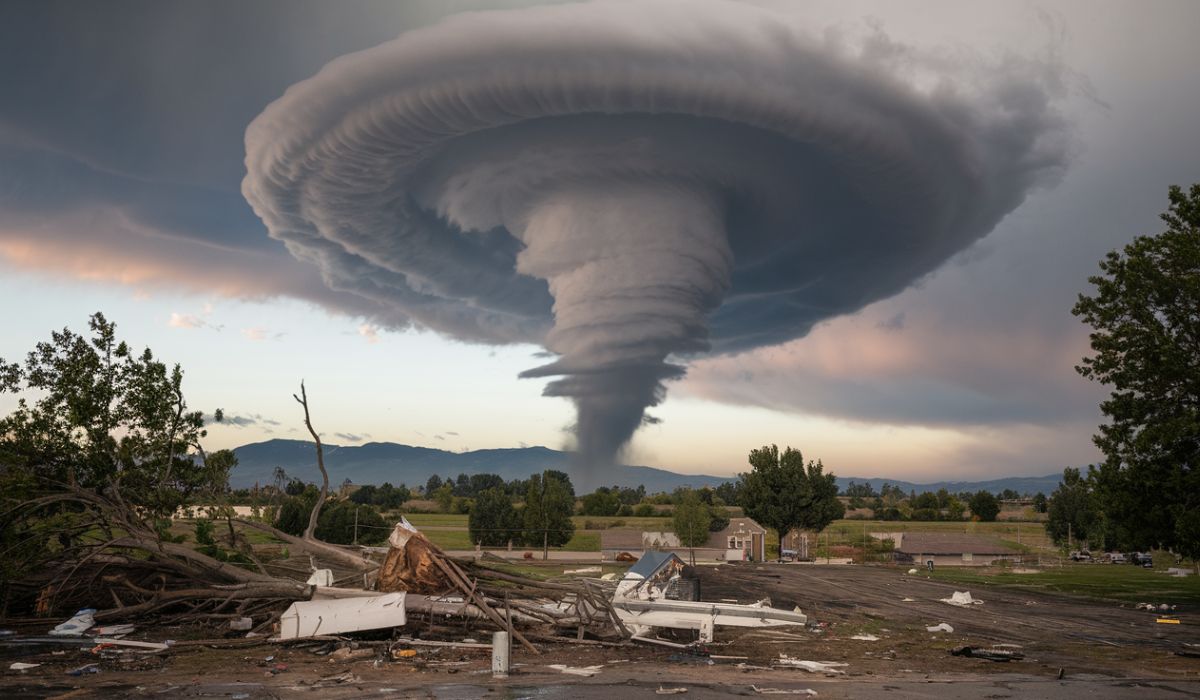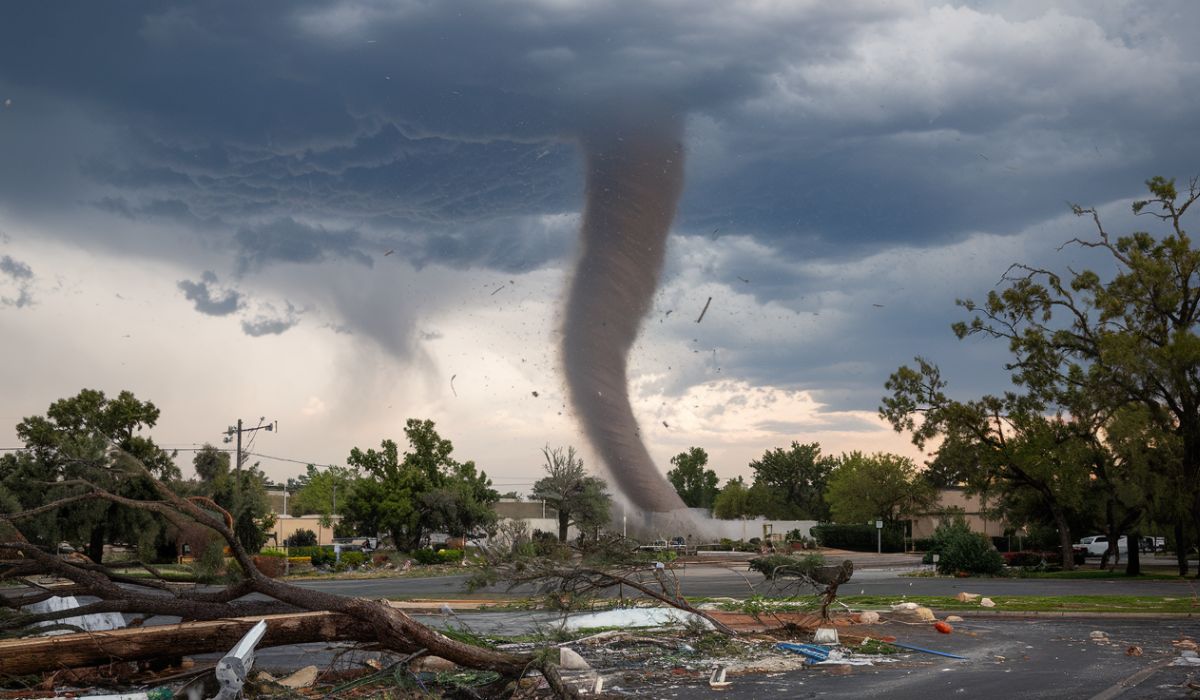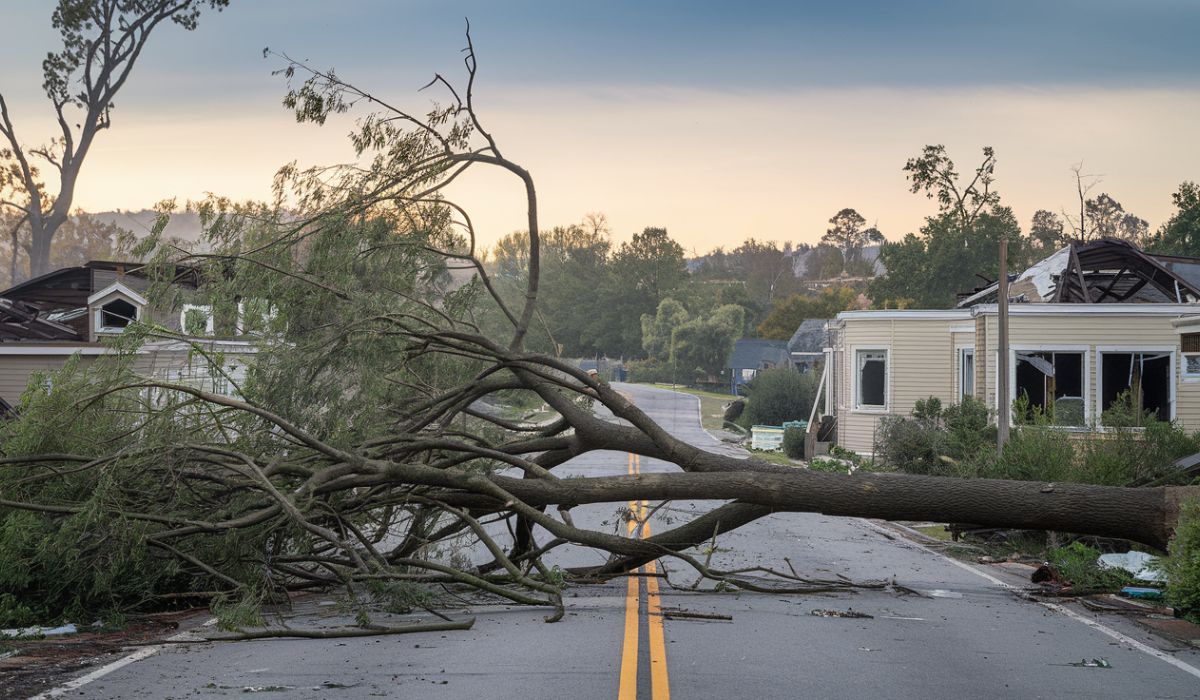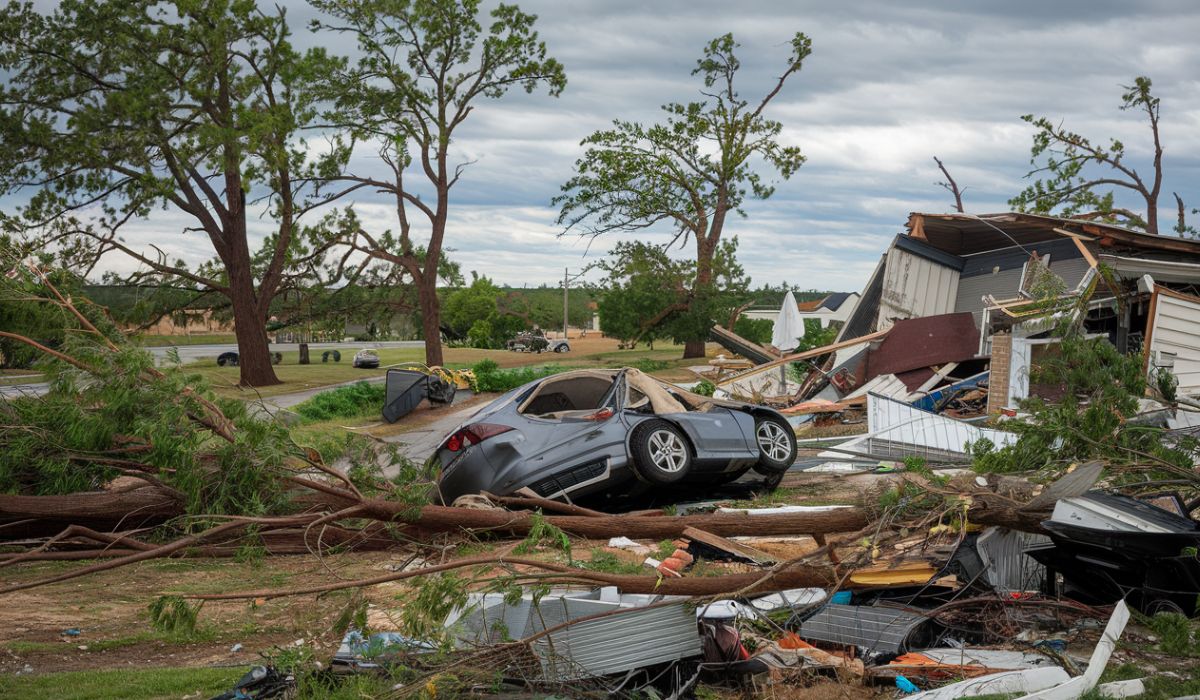Introduction
When people think of Scotts Valley, a tranquil city nestled amidst the lush redwood forests of California, “tornado” is likely the last word that comes to mind. Known for its mild climate and scenic beauty, Scotts Valley experienced a surprising twist of fate: a tornado. This unusual weather event left residents and experts equally bewildered, sparking conversations about climate unpredictability and emergency preparedness. But what really happened? How did this tornado shape the community, and what can we learn from it? Let’s delve into this fascinating tale.
What Happened?
The Scotts Valley tornado took the town by surprise. On [specific date, if known], a freak weather system led to the formation of a funnel cloud that eventually touched down, leaving its mark on this usually serene area. Tornadoes in California are uncommon, and even more so in Scotts Valley, making this event truly extraordinary.
The Day of the Tornado
A Peaceful Morning Turns Chaotic
It started as an ordinary day. The weather was mild, with no apparent signs of the chaos that was about to unfold. By afternoon, dark clouds began to gather, accompanied by sudden gusts of wind. The National Weather Service (NWS) had issued warnings, but many residents dismissed the idea of a tornado.
When the tornado touched down, it carved a path through the town, damaging homes, uprooting trees, and causing power outages. Witnesses described a roaring sound, akin to a freight train, as the funnel cloud moved across the area.
Understanding Tornadoes
A tornado is a rotating column of air that extends from a thunderstorm to the ground. Tornadoes form when warm, moist air collides with cold, dry air, creating a swirling updraft. The intensity of a tornado is measured on the Enhanced Fujita (EF) scale, which ranges from EF0 (weakest) to EF5 (strongest).
How Rare Are Tornadoes in California?
California experiences only about six to ten tornadoes annually, mostly in the Central Valley. These are typically weaker and shorter-lived compared to tornadoes in the Midwest. Scotts Valley’s proximity to the coast further reduces its likelihood of experiencing tornadoes, making this event an outlier.
Weather Patterns Behind the Tornado
Experts attribute the Scotts Valley tornado to an unusual convergence of atmospheric conditions, including a low-pressure system and wind shear. While rare, such phenomena remind us of the unpredictable nature of weather.
Impacts on the Scotts Valley Community
The tornado brought with it a wave of destruction and disruption. Residents were left to grapple with property damage, power outages, and emotional trauma.
Damage Assessment
Preliminary reports estimate damage to several homes and infrastructure. Uprooted trees blocked roads, and some power lines were downed, leaving neighborhoods without electricity for hours.
The Response and Rescue Efforts
Local authorities and emergency responders quickly mobilized to assess damage and aid residents. Firefighters, police, and volunteers worked tirelessly to clear debris and ensure public safety. Temporary shelters were set up for displaced families.
Climate Change and Tornadoes
Is climate change to blame? While scientists caution against attributing individual tornadoes to climate change, the increasing frequency of extreme weather events worldwide raises important questions about its role.
Lessons Learned
The Scotts Valley tornado highlighted the importance of weather awareness and preparedness. Residents learned the value of heeding warnings and having emergency plans in place.
The Science of Tornado Preparedness
Tornado preparedness involves:
- Staying informed through weather alerts.
- Identifying safe spaces, such as basements or interior rooms without windows.
- Having emergency kits stocked with essentials.
Community Resilience
Scotts Valley residents showed remarkable resilience, coming together to rebuild and support each other. Community clean-up efforts and donations played a vital role in recovery.
Notable Survivor Stories
One local resident shared their harrowing experience: “I saw the funnel cloud approaching and barely had time to get to the bathroom. It was over in minutes, but it felt like an eternity.”
The Role of Local Authorities
Local authorities deserve credit for their quick response. Early warnings and coordination with state agencies helped mitigate the tornado’s impact.
How to Stay Prepared for Future Events
- Know Your Risks: Understand your area’s vulnerability to extreme weather.
- Have a Plan: Ensure your family knows what to do during a tornado warning.
- Practice Safety Drills: Regular drills can save lives.
Conclusion
The Scotts Valley tornado was a wake-up call, reminding us of nature’s unpredictability and the importance of preparedness. While rare, this event underscored the value of community strength and resilience. By learning from this experience, Scotts Valley is better equipped to face future challenges.
FAQs
1. What caused the Scotts Valley tornado? A convergence of unusual atmospheric conditions, including a low-pressure system and wind shear, led to the tornado.
2. Are tornadoes common in Scotts Valley? No, tornadoes are extremely rare in Scotts Valley due to its coastal location and mild climate.
3. What is the Enhanced Fujita (EF) scale? The EF scale measures a tornado’s intensity based on wind speed and damage, ranging from EF0 to EF5.
4. How can I stay safe during a tornado? Seek shelter in a basement or an interior room without windows. Stay informed through weather alerts and have an emergency kit ready.
5. Did climate change cause the Scotts Valley tornado? While it’s challenging to link individual tornadoes to climate change, the event highlights the growing unpredictability of weather patterns.
For More Visit : usweekly.uk



